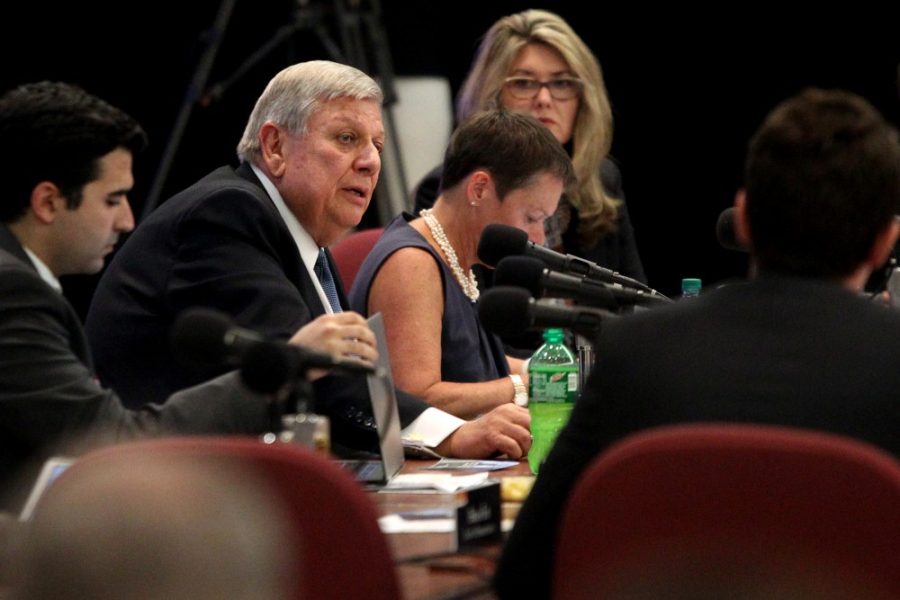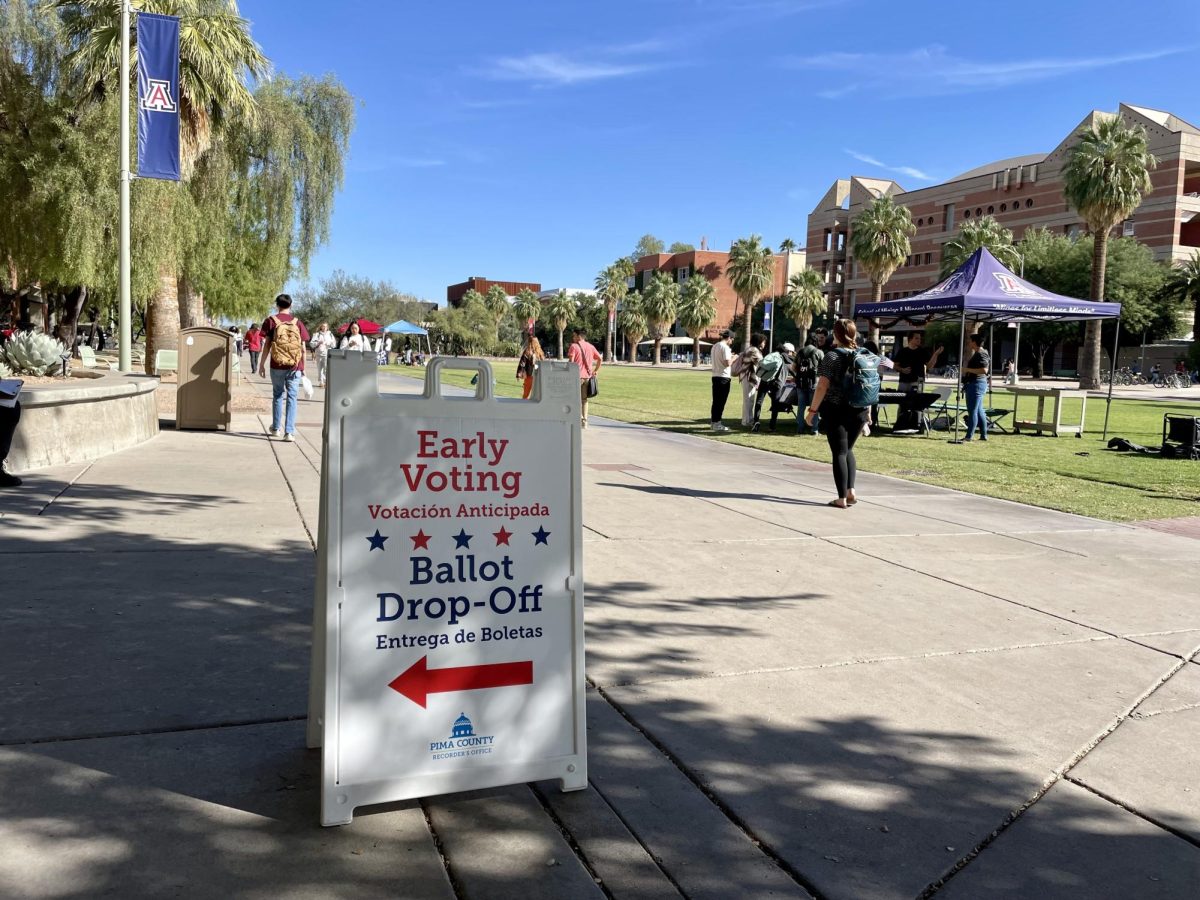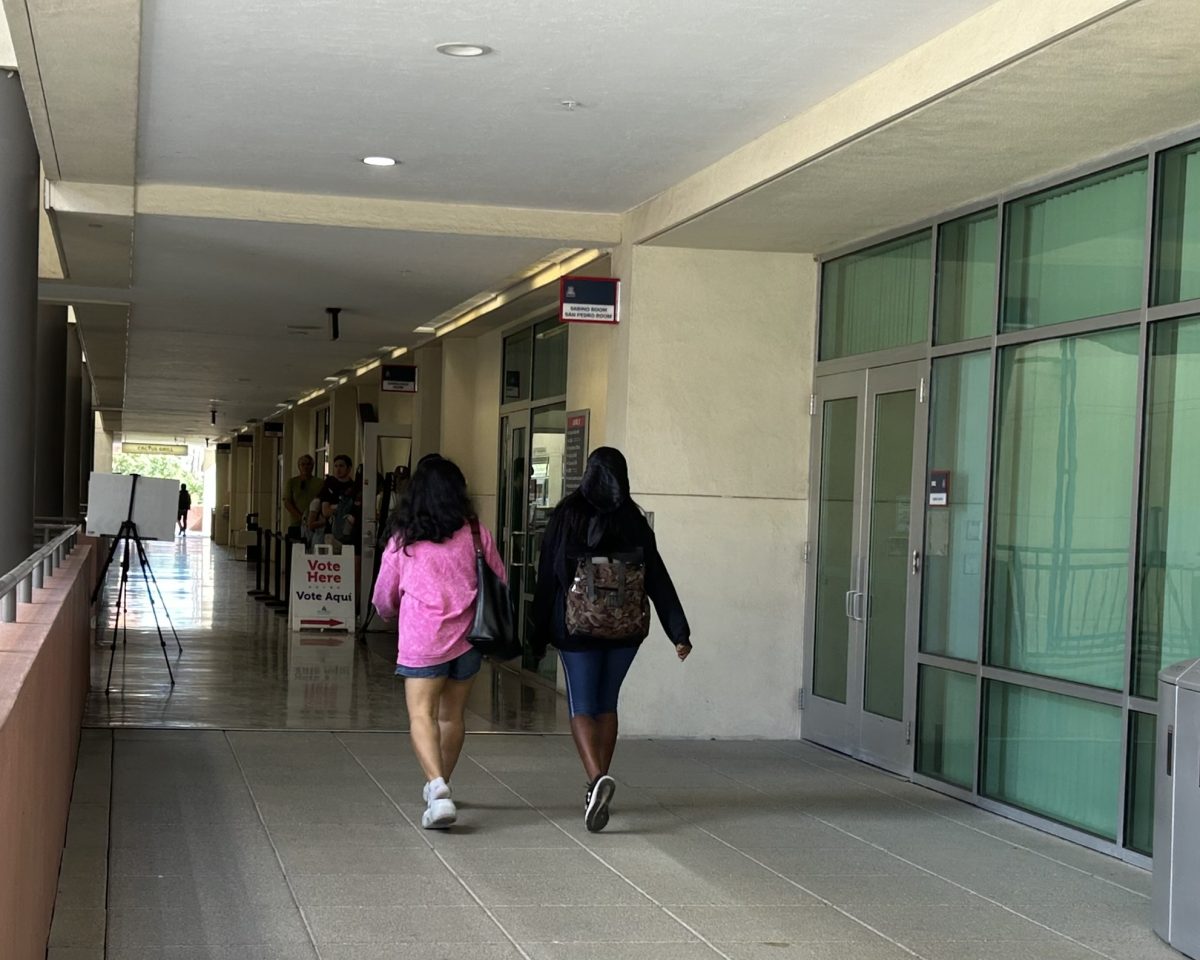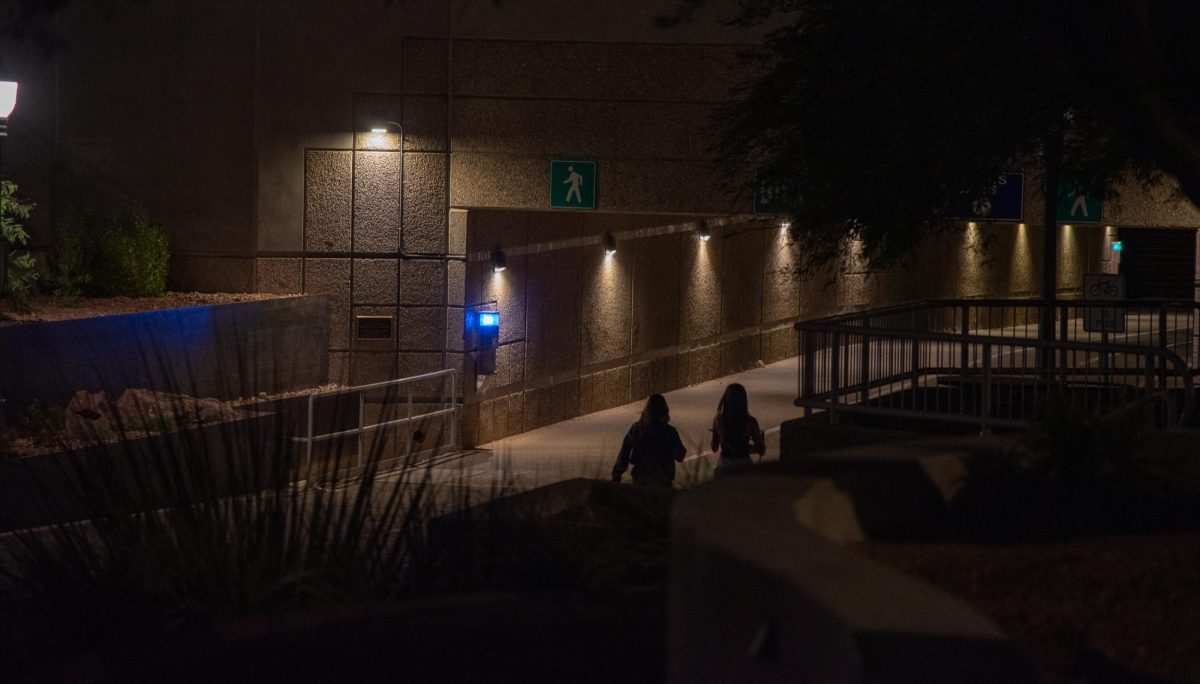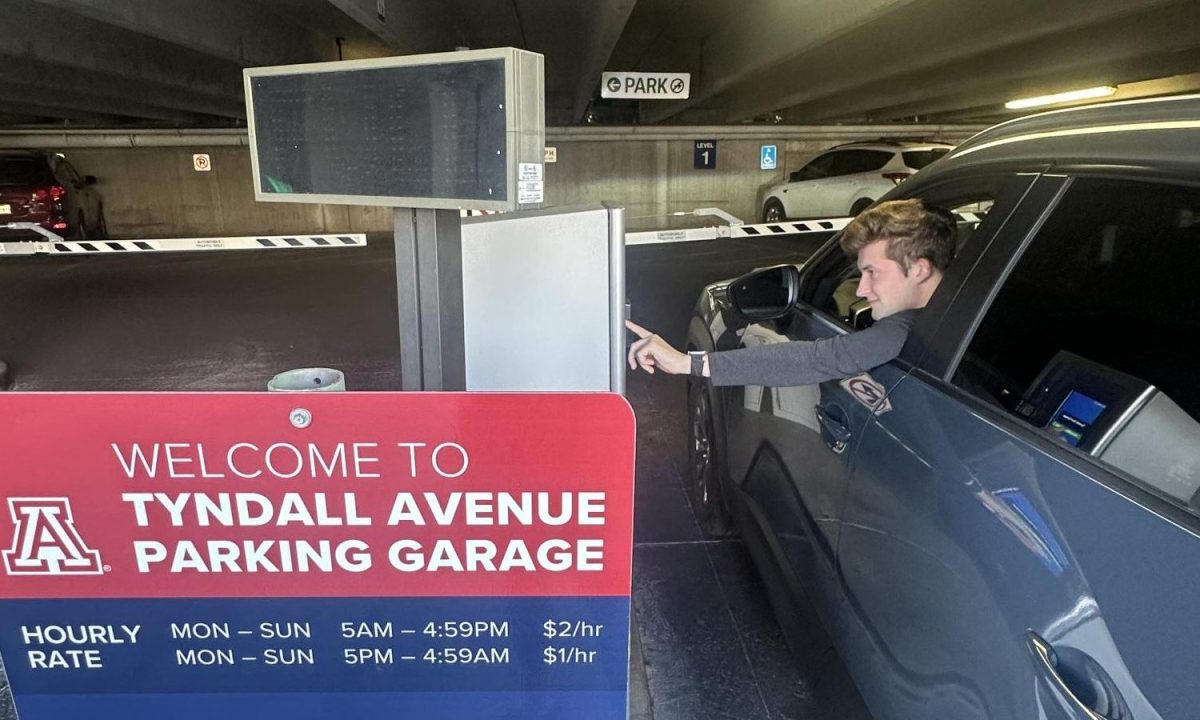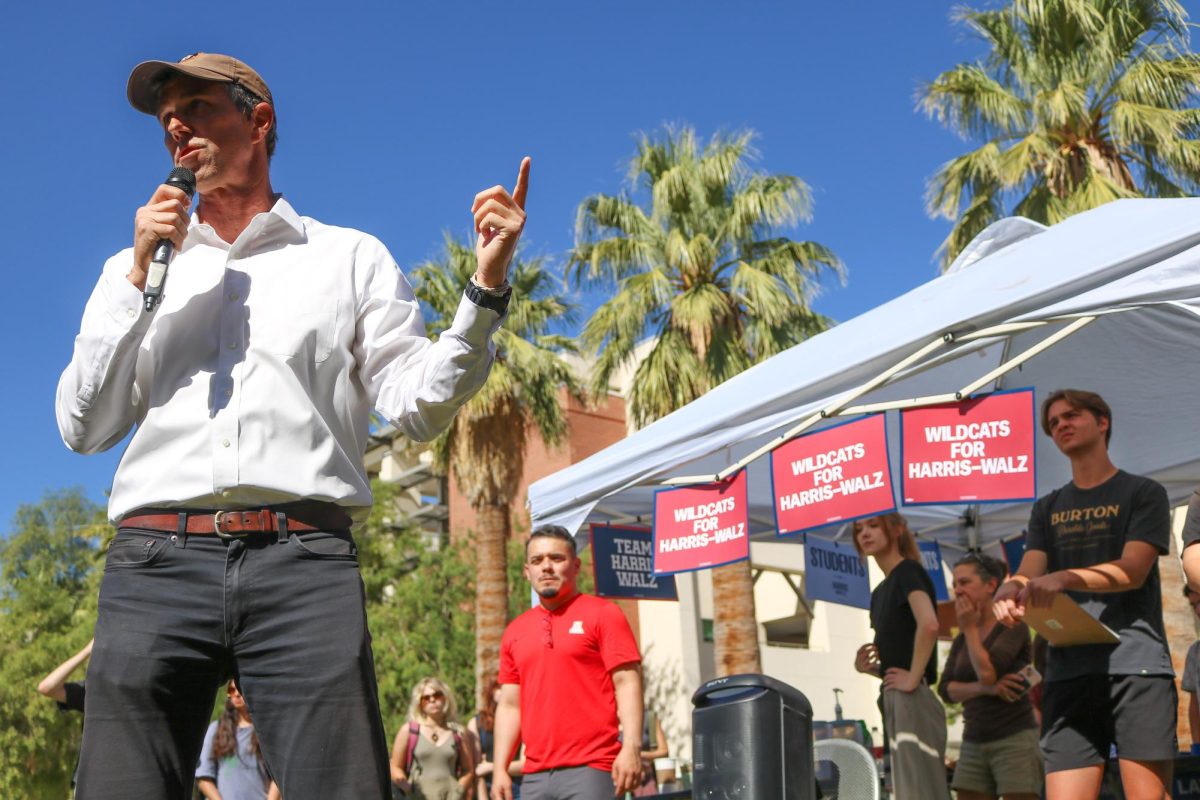The Arizona Board of Regents Health Affairs Committee held the first of two meetings to review and understand the operations of the UA’s two medical colleges on Aug. 5 in Phoenix.
The meetings are being held in response to the Arizona Medical Association asking the board to launch an independent investigation as to why six senior leadership members left the UA College of Medicine-Phoenix earlier this year.
They decided to hold meetings at both campuses to thoroughly discuss the operations, functions and future of each medical college.
“We are here to get info on these issues, have an open and constructive discussion and work towards developing and putting into action plans for addressing those issues,” said Ram Krishna, regent and chair of the Health Affairs committee at the Phoenix meeting.
Krishna said the board’s responsibility and mission is to ensure the quality at all institutions for students and the state.
President Eileen Klein said the meetings are also intended to give stakeholders and the general public an opportunity to voice their thoughts and raise any concerns they may have about the operations and future directions of the colleges.
The Phoenix campus
After receiving a warning from the Liaison Committee on Medical Education—which gives medical schools accreditation—the UA College of Medicine-Phoenix moved from preliminary to provisional accreditation status in February.
At the meeting, the regents discussed how the the accreditation and recent changes in leadership and faces at the college will, if at all, effect the direction of the college.
Klein said there’s a complexity to creating two separately accredited medical schools that can create administration challenges.
The board president added that it’s important to understand the distinct role each of the colleges will play and how they will run independently but also work together.
Regent Bill Ridenour said when he talked to some of the people who left the UA College of Medicine-Phoenix, they said they thought there was perhaps excessive control out of Tucson.
“They felt that they weren’t able to pursue the separate styles or directions to the medical education, which interfered with their ability to get the job done,” Ridenour said. “The second thing is they seem to say that with all these different pathways, there was an attempt to making everything standard. In other words, Phoenix and Tucson are going to be the same and have the same curriculum and outcomes.”
Dr. Joe G.N. “Skip” Garcia, senior vice president of UA Health Sciences, said he can only speak for the last three years, but from his observations there has never been an attempt to cookie cut the curriculum for both schools.
“I would say that, in fact, I think there’s a great admiration for people in Tucson over the quality of the curriculum in Phoenix and some of the innovative approaches that have been employed in the College of Medicine-Phoenix,” Garcia said. “There would be no reason to try to alter that or try to make colleges of medicine to be standardized so to speak.”
Interim Dean of the UA’s Phoenix medical college Kenneth Ramos echoed Garcia’s statements, adding that in his experience, the uniqueness of each college has been recognized and valued.
“It is in fact the differences between the two colleges that will allow both colleges to grow and to flourish, because they can become complimentary and synergistic,” Ramos said. “In my tenure, I have not seen any efforts to harmonize the curricula and if that were the case, I would be one of the biggest opponents to the idea.”
Regent Rick Myers said it’s important for the board to be aware there is an undercurrent of concern and lack of trust, because if there wasn’t, they wouldn’t have letters from people and groups in Phoenix.
Myers added that there’s a difference in what’s actually happening and what people perceive is happening, and it’s important for everybody to get on the same page.
UA said they are currently working on filling the positions of the senior leadership team who left earlier this year.
Chic Older, executive vice president of the Arizona Medical Association, who spoke at the meeting, urged the board to conduct an external and independent investigation as to why they left.
“It is unusual for an entire senior leadership core to leave, as well as in a short period of time,” Older said. “We can’t even identify a similar event occurring from another LCME accredited school.
Older said ArMA’s support is unwavering for the UA, its senior leadership and medical colleges, and only wants to see the Tucson and Phoenix Colleges of Medicine achieve success.
UA President Ann Weaver Hart said external exit interviews are currently taking place.
To be continued
The meeting ended with a call to the audience, where many people from the public and UA community spoke.
Many members from the UA medical community expressed their confidence in the UA’s leadership and hope for the future.
Omar Hussain, a second year medical student was the only student voice to speak at the meeting.
“It’s important that if there’s a meeting regarding a medical school to involve all of the medical students at that school,” Hussain said. “There are less than 15 students behind me, but there are 160 student who attend both schools, and there should be that many behind me.”
Hussain said he found out about the meeting via Facebook and questioned why students didn’t receive an email through their university accounts.
KIein ended the meeting noting that the second meeting would take place Aug. 12 at the UA Vine Avenue Annex building at 1 p.m.
Klein said that at the Tucson meeting, the board will go more in-depth into the Banner-UMC merger and the operation of the College of Medicine-Tucson.
There will be another call to the audience at the Tucson meeting.
Klein said the board will provide answers to the questions they couldn’t address, on Friday.
The board also invites the public who can’t attend either meeting to submit comments via their website.
Follow Chastity Laskey on Twitter.



